The Silent Killer: 5 Early Signs of Sepsis You Can’t Afford to Miss

What Is Sepsis and Why Is It So Dangerous?
Sepsis occurs when your body’s immune response to an infection becomes dysregulated, triggering widespread inflammation that can damage tissues and organs. This condition can rapidly progress to septic shock, causing blood pressure to drop dangerously low and organs to fail.
Unlike common illnesses that develop gradually, sepsis can escalate from mild symptoms to life-threatening organ failure within hours. This is why medical professionals often refer to sepsis as a medical emergency requiring immediate intervention.
Important: Sepsis can develop from any infection, including seemingly minor ones like urinary tract infections, skin infections, or pneumonia. Never ignore worsening infection symptoms, especially if you’re in a high-risk group.
Early Sign #1: Fever and Chills
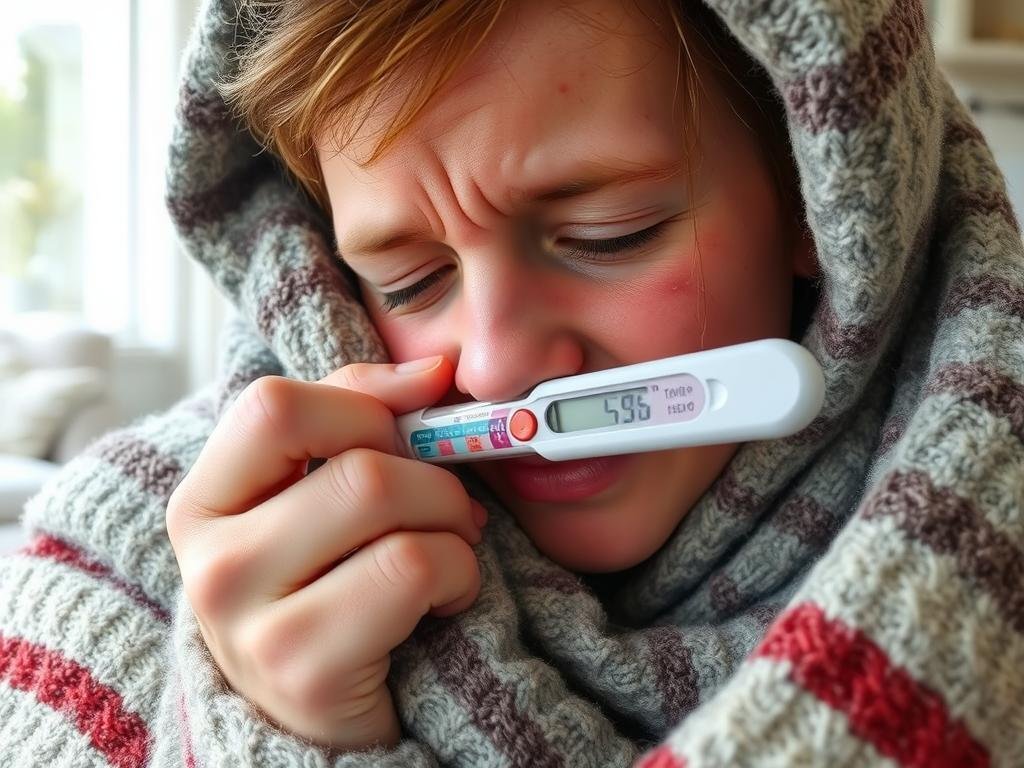
Get Your Daily Greens
What It Feels Like
A high fever (above 101°F or 38.3°C) that comes on suddenly, often accompanied by uncontrollable shivering or chills, can be an early sign of sepsis. What distinguishes sepsis-related fever from ordinary illness is how it may alternate with abnormally low body temperature (hypothermia) in some cases.
Why It Happens
When fighting infection, your body raises its temperature to create a hostile environment for pathogens. In sepsis, this temperature regulation becomes chaotic as your immune system overreacts. Medical professionals call this “pyrexia” when referring to fever or “hypothermia” when body temperature drops below normal.
“Unlike a typical fever that responds to antipyretics like acetaminophen, sepsis-related fever may be persistent or swing dramatically between high and low temperatures.”
Early Sign #2: Rapid Heart Rate and Breathing
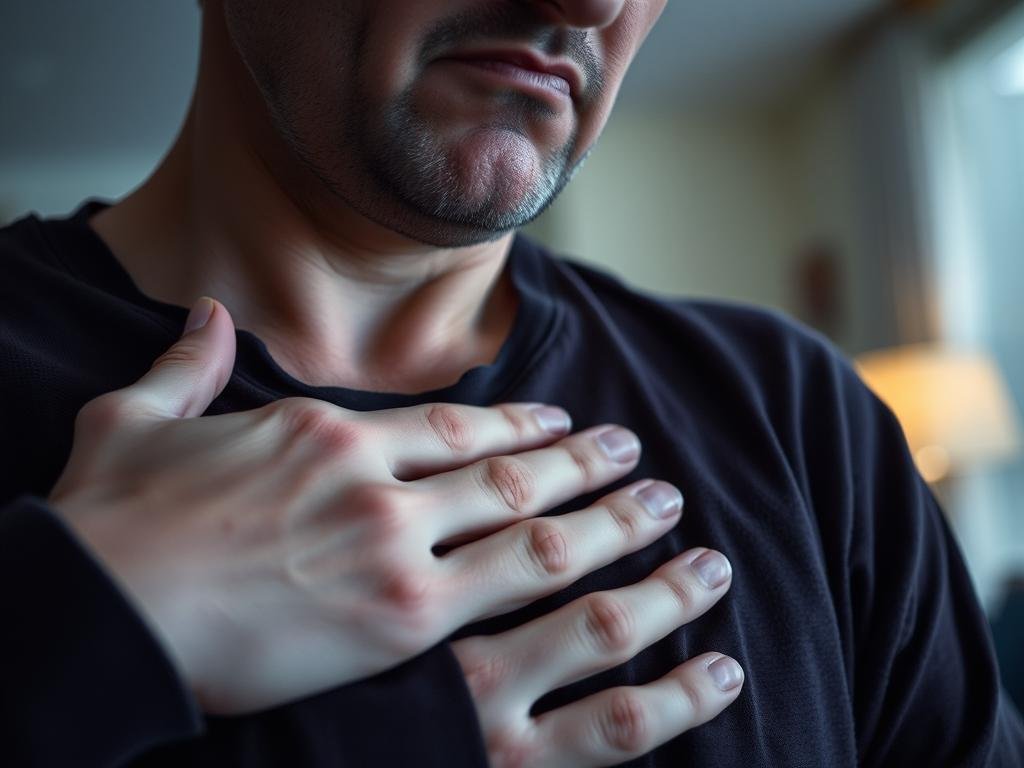
Get Your Daily Greens
What It Feels Like
Your heart may race even when resting (over 90 beats per minute), and you might find yourself breathing faster than normal (more than 20 breaths per minute). This can feel like you’ve just exercised, even when you haven’t moved.
Why It Happens
As sepsis develops, your body needs more oxygen to fight the infection. Your heart pumps faster (tachycardia) to deliver oxygen-rich blood to tissues, while your breathing rate increases (tachypnea) to take in more oxygen. These vital sign changes often occur before other more obvious symptoms appear.
How to check: Count your heartbeats for 15 seconds and multiply by 4. A resting heart rate consistently above 90 beats per minute, especially when accompanied by other symptoms, warrants medical attention.
Early Sign #3: Confusion or Mental Changes
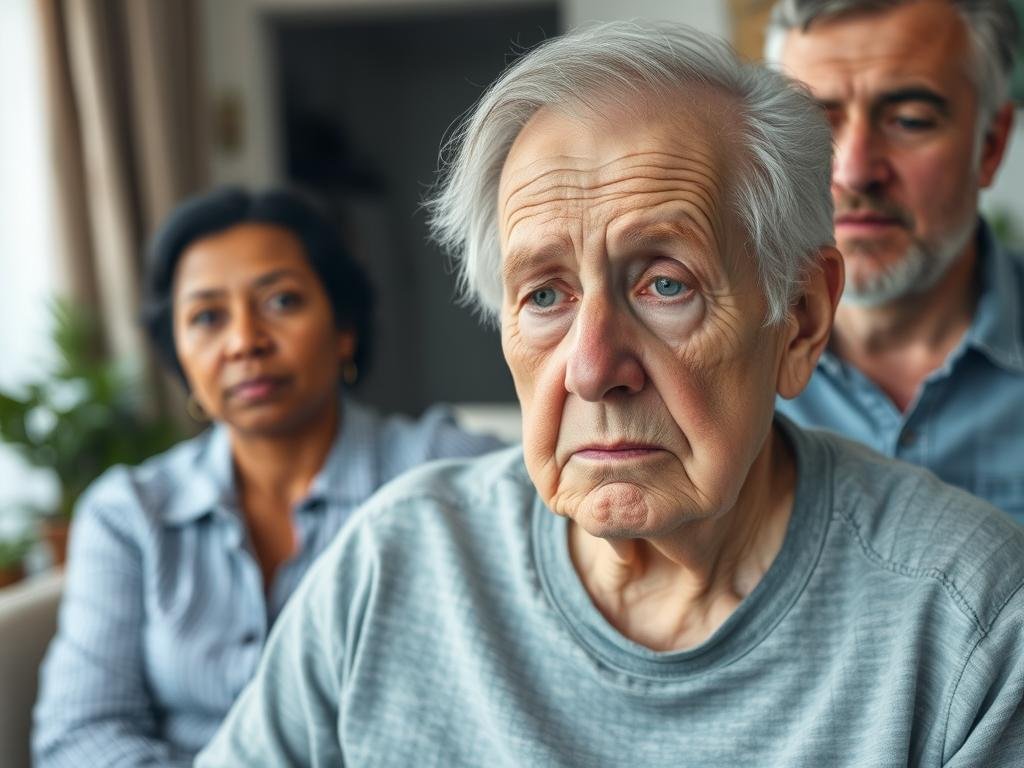
Get Your Daily Greens
What It Feels Like
Sudden changes in mental status can range from mild confusion to disorientation about time or place. You might notice a loved one acting unusually drowsy, having difficulty staying awake, or exhibiting personality changes that seem out of character.
Why It Happens
As sepsis progresses, inflammation affects blood flow to the brain, and toxins from the infection can impair normal brain function. Medical professionals refer to this as “encephalopathy” and consider it a serious warning sign that requires immediate attention.
Warning Sign: Mental confusion that develops rapidly (over hours rather than days) should never be ignored, especially in elderly individuals or those with an existing infection.
Early Sign #4: Extreme Pain or Discomfort

Get Your Daily Greens
What It Feels Like
Severe, diffuse pain that seems disproportionate to any visible symptoms can signal sepsis. This might include extreme general discomfort, severe muscle pain, or joint pain that feels different from typical aches. Some patients describe it as “the worst pain I’ve ever felt.”
Why It Happens
Inflammatory chemicals released during sepsis can trigger pain receptors throughout the body. Additionally, as tissues begin to receive inadequate oxygen due to circulatory changes, pain signals intensify. Medical professionals call this “hyperalgesia” – an increased sensitivity to pain stimuli.
“Unexplained severe pain, especially when accompanied by other sepsis symptoms, should be treated as a medical emergency until proven otherwise.”
Early Sign #5: Mottled Skin and Decreased Urination
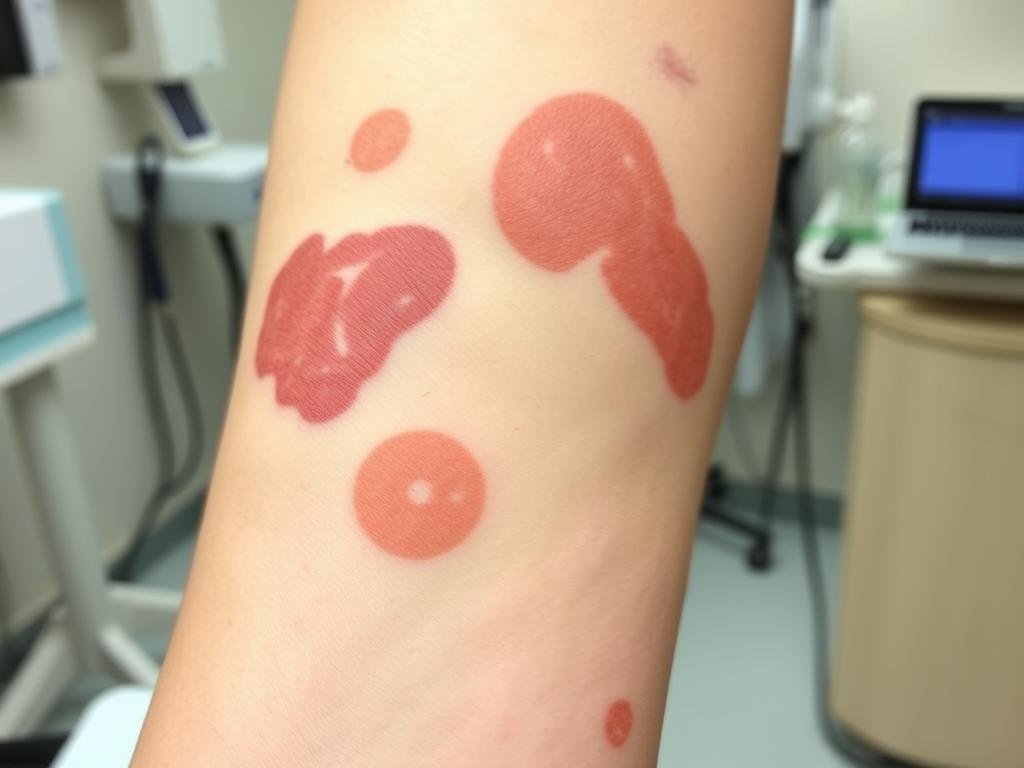
Get Your Daily Greens
What It Looks and Feels Like
Your skin may develop a patchy, mottled appearance with areas of discoloration. This often appears first on the limbs. Simultaneously, you might notice significantly decreased urination – producing much less urine than normal or going many hours without needing to urinate.
Why It Happens
As sepsis affects circulation, blood flow to the skin becomes irregular, causing the mottled appearance (medical term: “cutis marmorata”). Decreased urination (oliguria) occurs as blood pressure drops and the kidneys receive less blood flow, reducing their filtering capacity.
Critical Warning Sign: Mottled skin combined with decreased urination often indicates that sepsis is progressing toward septic shock – a life-threatening emergency requiring immediate medical intervention.
When to Seek Emergency Medical Help
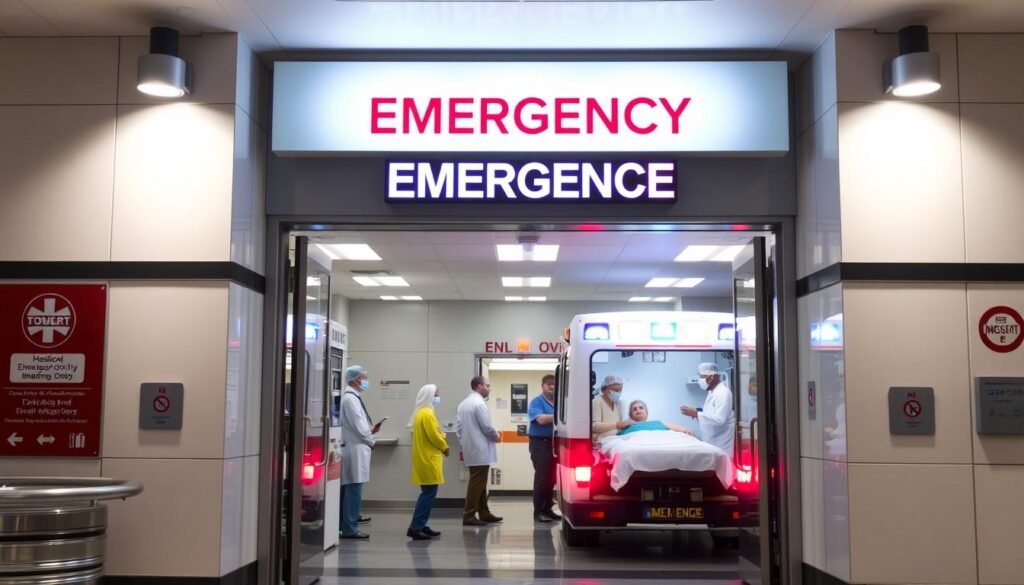
Get Your Daily Greens
Go to the Emergency Room or Call 911 Immediately If:
- You have a confirmed or suspected infection AND any of the sepsis signs mentioned above
- You experience sudden confusion or difficulty staying awake
- Your breathing becomes very difficult or rapid
- Your heart is beating unusually fast while at rest
- You have severe pain that feels different or worse than expected
- Your skin develops an unusual mottled pattern or looks pale/discolored
- You haven’t urinated in 12+ hours (despite drinking fluids)
What to Say: When seeking medical help, clearly state: “I’m concerned about sepsis because I have [infection] and [specific symptoms].” This helps medical professionals prioritize your case appropriately.
Who Is at Highest Risk for Sepsis?

Get Your Daily Greens
While sepsis can affect anyone, certain groups face significantly higher risk:
Age-Related Risk
- Adults over 65 years
- Infants under 1 year
- Premature babies
Medical Conditions
- Diabetes
- Cancer and cancer treatments
- Kidney or liver disease
- Autoimmune disorders
- Recent surgery or hospitalization
Prevention Tip: If you’re in a high-risk group, seek medical attention at the earliest sign of infection. Don’t wait for symptoms to worsen.
How Is Sepsis Treated?
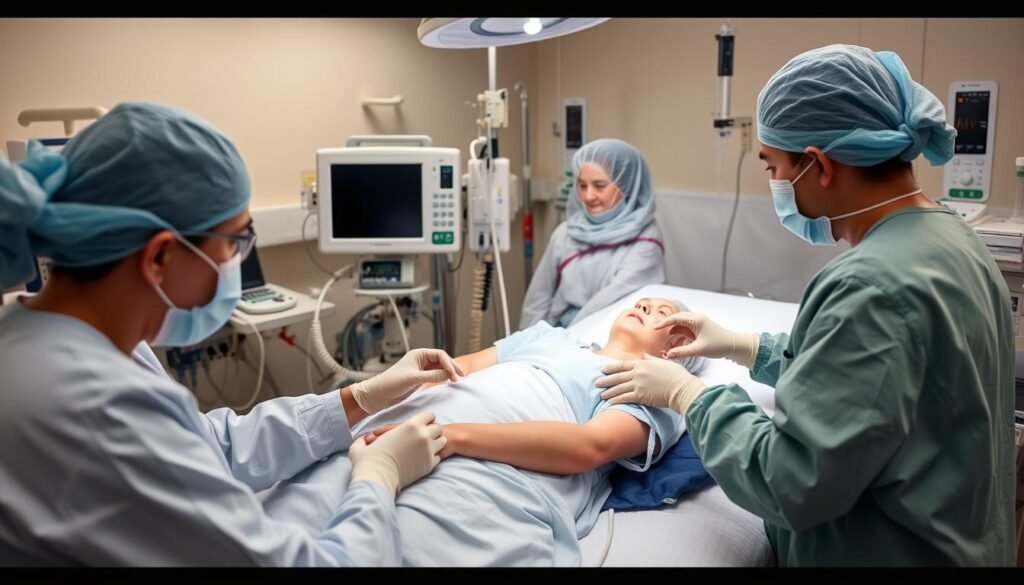
Get Your Daily Greens
Early, aggressive treatment dramatically improves sepsis survival rates. Treatment typically includes:
Antibiotics
Intravenous antibiotics are started immediately, often before identifying the specific infection. These medications target the bacteria causing the infection.
IV Fluids
Large amounts of intravenous fluids help maintain blood pressure and organ function during the critical early hours of treatment.
Organ Support
Depending on severity, oxygen therapy, kidney dialysis, or mechanical ventilation may be needed to support failing organs.
“For every hour that appropriate antibiotic treatment is delayed in septic shock, survival decreases by approximately 7.6%.”
Sepsis Survival: What to Expect
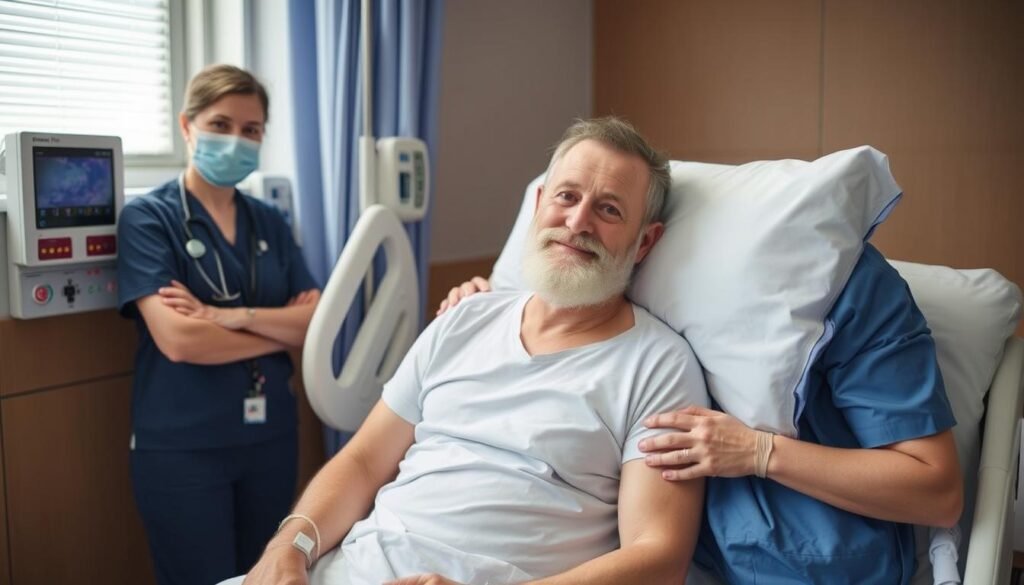
Many people survive sepsis, especially when it’s caught early. Recovery can take time and may include:
- Physical rehabilitation to regain strength and function
- Ongoing medical care to address any organ damage
- Emotional support to process the trauma of severe illness
- Lifestyle adjustments to prevent recurrence
“I didn’t recognize the signs of sepsis until it was almost too late. Now I tell everyone I know about the symptoms to watch for. Knowledge truly saves lives.”
Frequently Asked Questions About Sepsis
Is sepsis contagious?
No, sepsis itself is not contagious. However, the infections that can lead to sepsis (like pneumonia or certain bacterial infections) may be transmissible. You cannot “catch” sepsis from someone who has it.
How is sepsis different from an ordinary infection?
While an ordinary infection is typically contained to one area of the body, sepsis occurs when the infection triggers a chain reaction throughout your entire system. This systemic response can damage multiple organs and tissues far from the original infection site.
Can you develop sepsis from a minor cut or scrape?
Yes, although it’s uncommon. Any break in the skin can potentially lead to infection, which could progress to sepsis if left untreated. This is why proper wound care is important, especially for those with weakened immune systems or chronic conditions like diabetes.
How long does it take to recover from sepsis?
Recovery time varies greatly depending on the severity of sepsis, your overall health, and how quickly treatment began. Some people recover within a few weeks, while others may experience longer-term effects that last months or even years. Post-sepsis syndrome, which includes physical and psychological symptoms, affects many survivors.
Act Fast: Sepsis Won’t Wait

Recognizing the early signs of sepsis can save lives—possibly your own or someone you love. Don’t hesitate to seek emergency medical care if you suspect sepsis, and always mention your specific concerns to healthcare providers. Remember that sepsis progresses rapidly, and every hour counts.
Get Your Daily Greens
Be Prepared: Know the Signs
Download our free sepsis symptoms checklist to keep on hand for yourself and loved ones. Early recognition leads to better outcomes.





